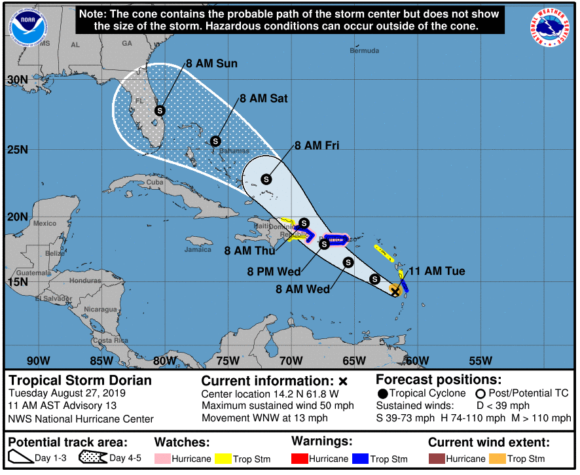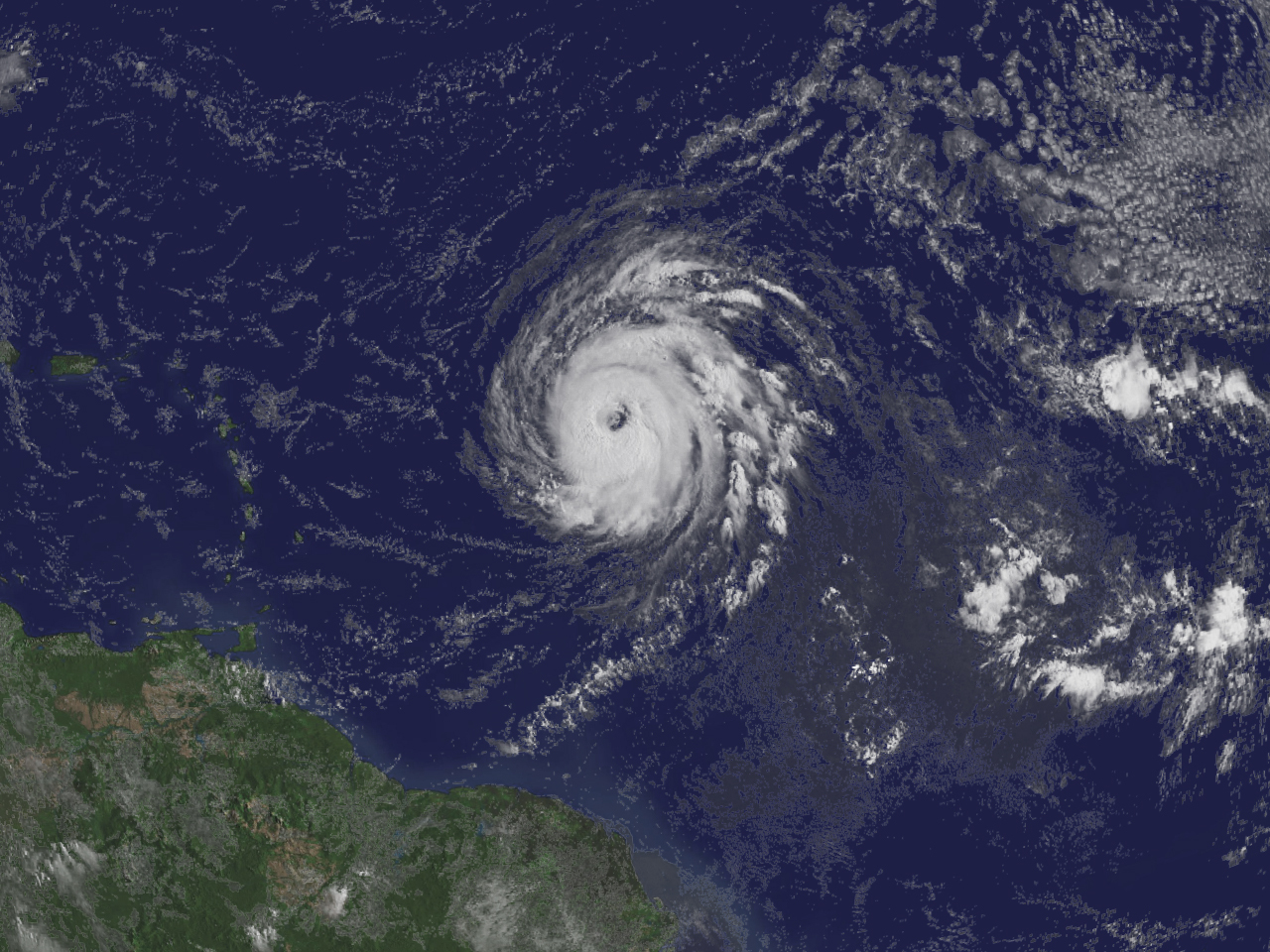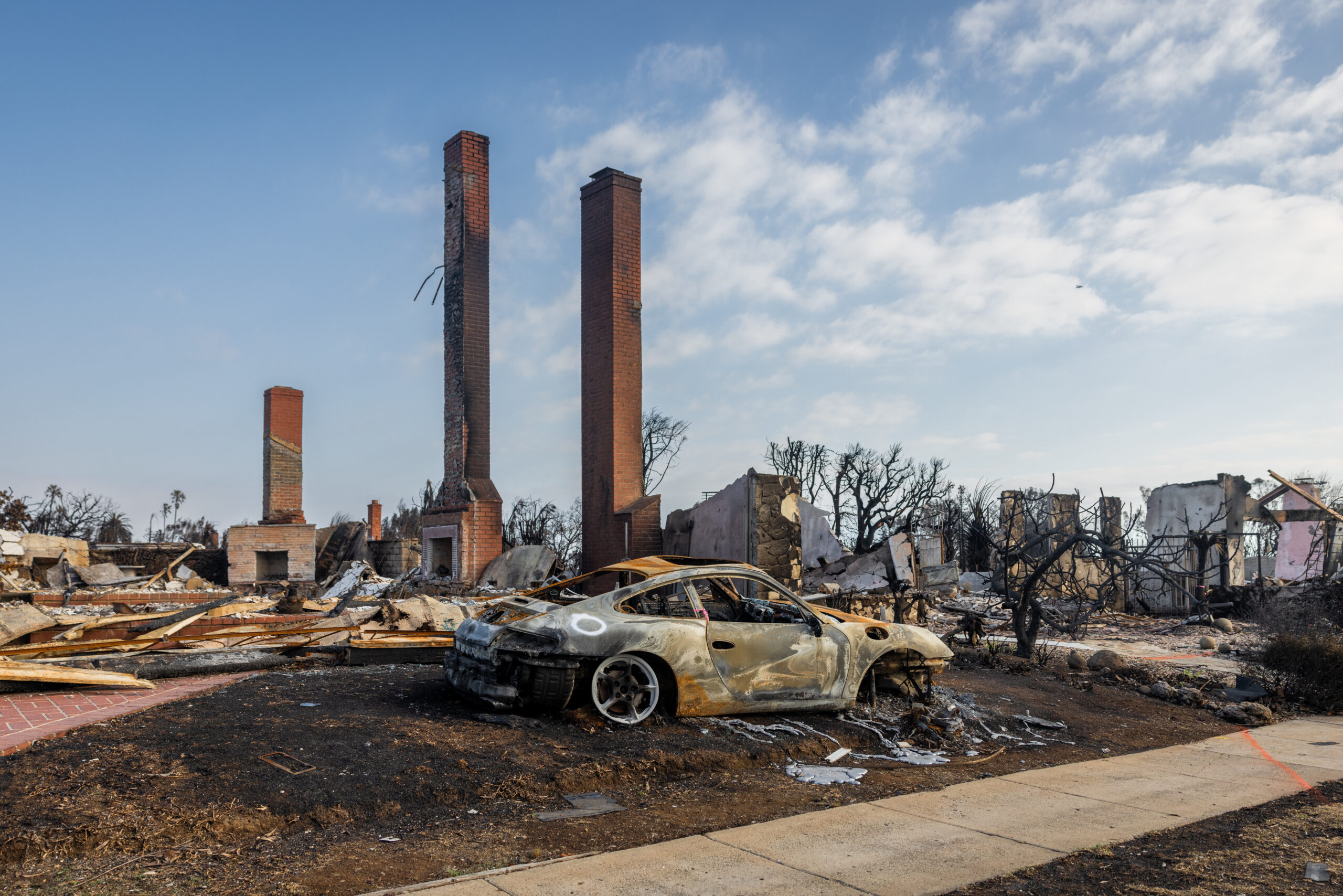Tropical Storm Dorian is expected to strengthen, potentially approaching hurricane status by the time it gets to Puerto Rico Wednesday, but it won’t pack the same punch as other storms in recent years.
Dorian was about 15 miles (24 kilometers) west-northwest of St. Lucia as of 8 a.m. New York time, carrying wind speeds of about 50 miles per hour, according to an advisory from the U.S. National Hurricane Center. The storm will slowly strengthen over the next 48 hours, the center said.
The storm’s track has it hitting the southwest tip of Puerto Rico, where a Tropical Storm Warning and Hurricane Watch have been issued. After dumping 4 to 6 inches of rain on Puerto Rico, Dorian will move across the Dominican Republic, where the mountains may weaken the storm. If it remains over water, Dorian may target Florida with wind and rain by Sunday.
As far as Puerto Rico is concerned, “as long as it doesn’t make direct landfall, it won’t be a big issue,” Don Keeney, a senior agricultural meteorologist at Maxar, said by phone Tuesday. “Compared to what they’ve seen in the past, this is going to be a minor storm.”
The winds only reach about 45 miles from its center, according to the Hurricane Center, relatively small compared to other storms.
In 2017, Hurricane Maria caused catastrophic damage to Puerto Rico and the U.S. Virgin Islands when it struck Dominica as a Category 5 storm, with winds as high as 155 mph. The smaller size and lesser force of Dorian should have far smaller effect on the islands.
As residents of San Juan and other parts of the island, still traumatized by memories of Maria, crowded into shopping centers to stock up on food and water, the island’s government said it was prepared for the storm.
At a press conference on Monday afternoon, Puerto Rico’s Governor Wanda Vazquez said that Hurricane Maria had been a “lesson” for the island’s authorities and that they would be better prepared this time around. Vazquez said that she had signed two executive orders, one declaring a state of emergency which would enable her to activate the National Guard, and another freezing prices, including the price of fuel, to prevent profiteering.
Saying the island was “ready” for Dorian’s arrival, Vazquez announced that public schools would close at 1 p.m. on Tuesday and that the island’s government had set up 60 shelters with a capacity for nearly 49,000 people.
Hurricane season runs from June 1 to Nov. 30, but the peak of the season is happening now and will continue through early October. Atlantic hurricanes are closely watched because they can disrupt natural gas, oil and agriculture markets, as well as threaten billions of dollars in real estate both in the U.S. and across the region, including Caribbean islands that depend heavily on tourism.
“While uncertainty remains high,” the Hurricane Center notes that there is a chance the storm will gain strength again as it heads north toward the U.S. mainland, bringing rain and wind to Southern Florida by Sunday.
Some models show the storm moving up the Gulf Coast, according to a Monday evening blog postfrom Bob Henson of Weather Underground.
“Dorian may be a rare triple threat to the U.S., with three landfalls in the nation,” he wrote. “First in Puerto Rico, then in Florida, followed by a third landfall along the Gulf Coast after the storm crosses the Florida Peninsula.”
–With assistance from Michael Deibert.
Was this article valuable?
Here are more articles you may enjoy.


 France Fines Apple $162M Over iOS Data Tracking Consent
France Fines Apple $162M Over iOS Data Tracking Consent  An Unusually Active Hurricane Season Is in Store for the Atlantic
An Unusually Active Hurricane Season Is in Store for the Atlantic  Wall Street Brokers Start Trading Insurer Claims From LA Fires
Wall Street Brokers Start Trading Insurer Claims From LA Fires  Alibaba Teams up With BMW to Develop AI for Cars in China
Alibaba Teams up With BMW to Develop AI for Cars in China 